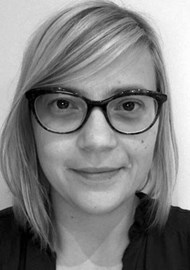A total of 37 patients with Sjörgen syndrome (SS) related dry eyes reporting symptoms on standard therapy with artificial tears and anti-inflammatory drops were evaluated in this trial. They were randomly assigned to additional treatment with either balafilcon A silicone hydrogel contact lenses (BCL) or 50% autologous serum drops (AS). Patients were assessed objectively (visual acuity, Schirmer 1 test, tear break up time (tBUT), conjunctival staining) and subjectively (Ocular Surface Disease Index (OSDI) and faces scale) at three and six weeks of therapy plus six weeks after intervention discontinuation. All of the 18 patients in AS and 19 patients in BCL groups had significant improvements in ocular comfort, conjunctival staining and tBUT from pre-treatment levels. No significant effect of either treatment on Schirmer test was noted. The BCL group had significantly lower OSDI, faces and conjunctival staining scores compared to AS group at all study time points. Visual acuity improved significantly only in the BCL group from pre-treatment levels but was not statistically different between studied groups at all study time points. No adverse effects of either therapy were reported. Although a small study with a short follow-up, where the authors did not specify if examiners were blinded to the interventions, it suggests both BCL and AS can be effective treatment adjuncts for patients with SS related dry eyes. The BCL are well-tolerated showing better and more longstanding outcomes compared to the AS drops.




